If you’ve ever tried 3D printing with PETG, you know how hard it is to get a matte PETG finish. Especially when you’re creating 3D print fish tank decor, a glossy, shiny PETG print can ruin the natural look you’re going for. While PETG is usually loved for its strength and water resistance, its glassy surface isn’t ideal for realistic aquarium or terrarium settings. But here’s the good news: you can achieve a gorgeous matte finish without buying special filament. You just need the right PETG print settings — and a bit of experimentation, that I already did for you and uncovered in this topic.
Why Glossy PETG Doesn’t Work for Aquariums
PETG is known for its glossy finish. For many applications, that’s fine — even preferred. But if you’re making aquarium-safe caves, hides or natural rock-like shapes, gloss is the enemy. It creates reflections that mess up photos, distort the color, and make your prints look like toys instead of terrain.
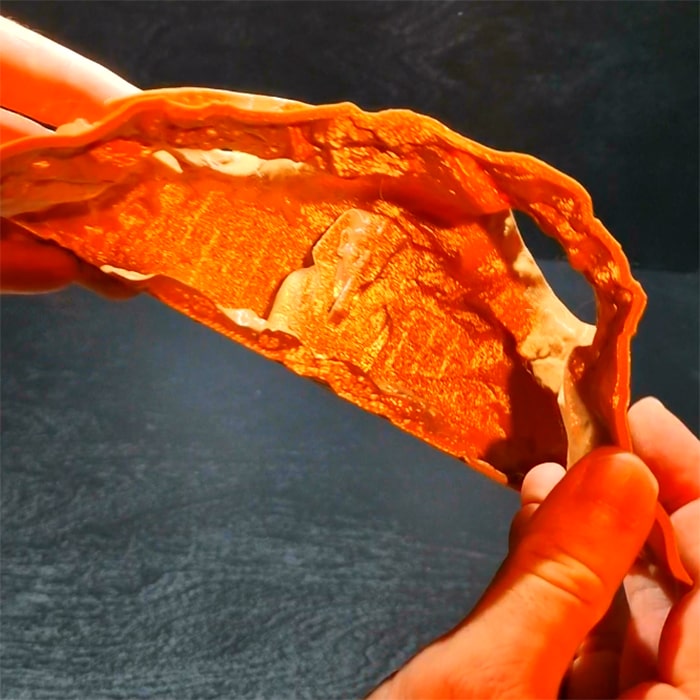
Matte finishes are not just about looks — they bring functional value to the table too. When photographing your 3D printed fish tank decor, matte surfaces reduce harsh reflections and hotspots, making it easier to showcase textures and colors. This is essential for designers or sellers who rely on great visuals for product listings or social media. A matte cave or structure can better mimic natural stones or driftwood, helping your aquatic setup look more authentic and visually appealing to both you and your fish.
Another reason why matte PETG is a game-changer? It adds versatility to your projects. From underwater hides to terrarium caves and even themed decorative pieces, the matte finish helps them blend seamlessly with natural elements in your setup. It bridges the gap between function and design, allowing you to create safe, durable and attractive environments for aquatic and terrestrial pets alike.
When I started designing fish tank caves, I needed something that looked like stone — not plastic. That’s where experimenting with PETG print temperature came into play.
Forget the Standard PETG Temp Tower — Go Lower for the 3D Print Fish Tank Decor
Every PETG filament brand will tell you to print between 240–270 °C. That’s perfect for reducing stringing and improving bonding. But within that range, PETG stays glossy — always. No matter how well you dial in your settings, that shine won’t go away.
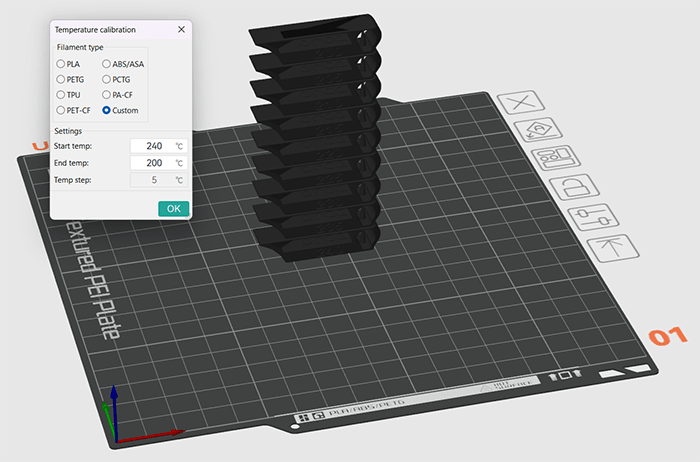
So I built a custom temp tower in Orca Slicer, ranging from 200 °C to 240 °C. Here’s what I found:
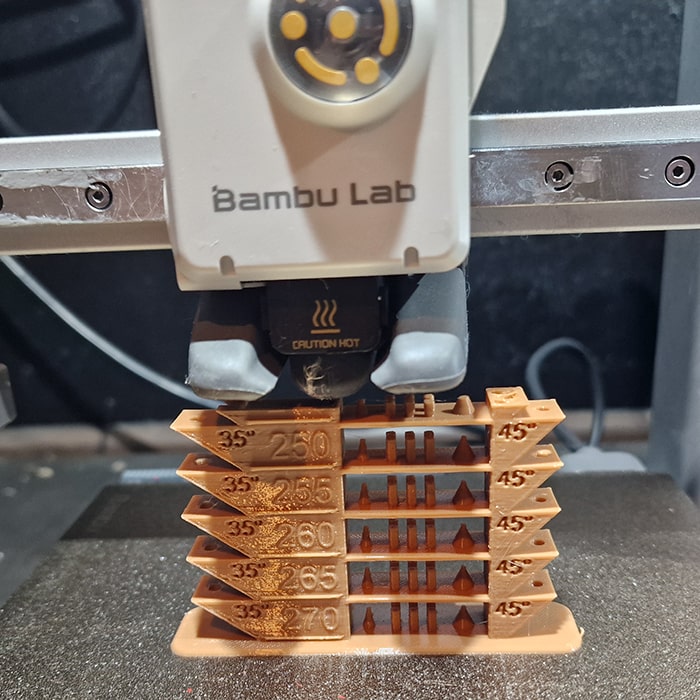
- 240–220 °C: Glossy as expected.
- 215–210 °C: Noticeably less shine. Starting to look natural.
- 200 °C: Boom. Full matte finish.
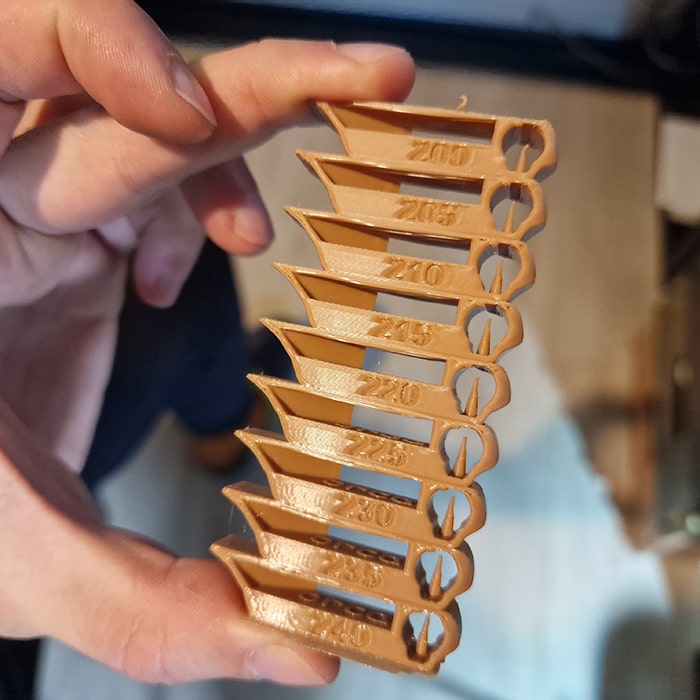
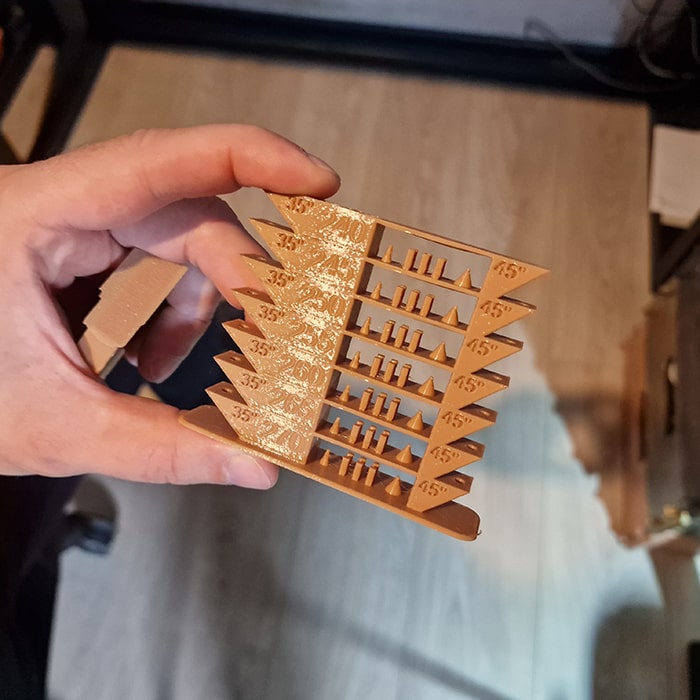
The sweet spot? 200 °C on a Bambu Lab A1 Mini. It created the kind of natural, matte texture that made my aquarium caves look like real stone.
Want to do same temperature tower for testing your PETG filament? Check out this video on youtube.
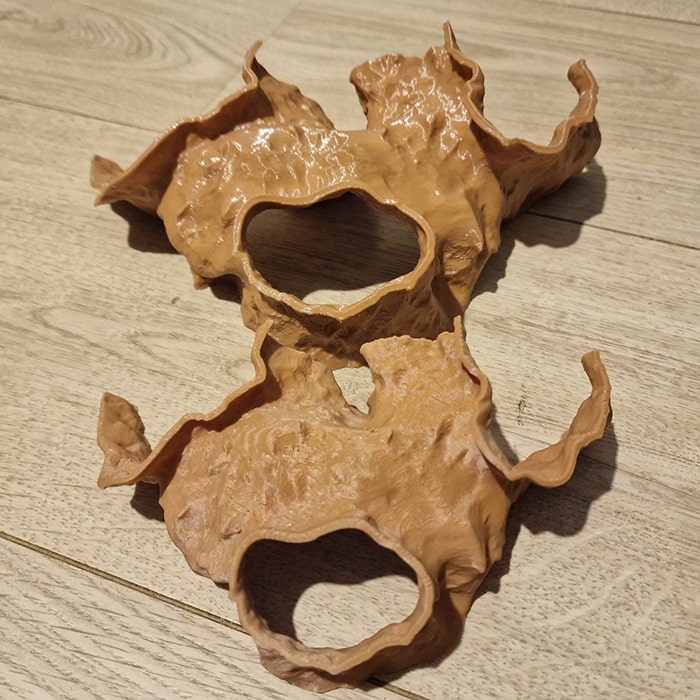
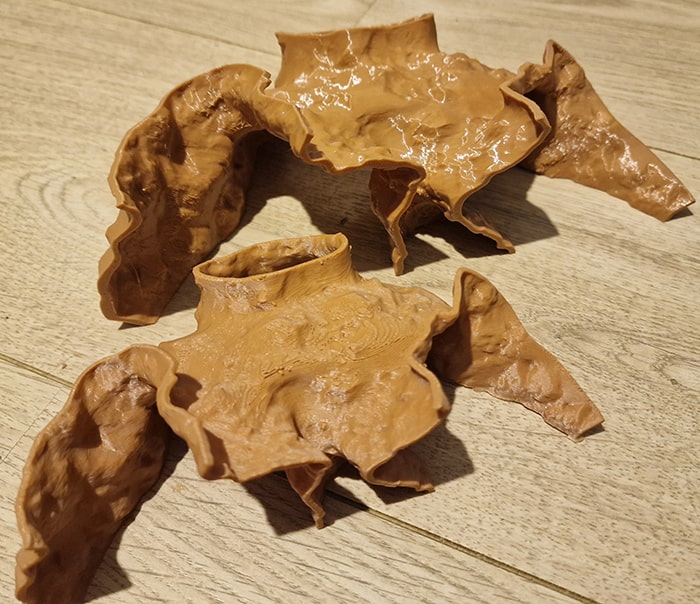
The Trade-Off: Brittle but Beautiful
Before you dive into low-temp printing, a heads-up: PETG at 200 °C is more brittle. Layer adhesion weakens and parts can snap easier if stressed. But that’s a non-issue if you’re printing decorative fish tank pieces that don’t bear direct impact, extreme weight or pressure. My own designs sit safely in water and even exposed to UV lamps in terrariums — they hold up just fine.
Why not use matte PLA? Because it’s not an terrarium or aquarium safe 3D print filament. PLA absorbs water, degrades under UV and doesn’t last in tanks or terrariums. PETG is:
- ✅ Water-resistant
- ✅ UV-resistant
- ✅ Durable long-term
So even if low-temp PETG is slightly more fragile, it’s still far more reliable than PLA in aquarium environments.
If you want to deep-dive into the PLA filaments topic, check out my earlier posts 3D Printing Materials: Safe and Unsafe Choices for Aquariums and Terrariums & 3D Printing Materials: Safe and Unsafe Choices for Aquariums and Terrariums.
Expert Tips for Perfect Matte PETG Prints
Want that perfect stone-like surface? Here’s what I’ve learned:
1. Test by Brand
Different PETG filaments respond differently. Some stay glossy longer, others matte sooner. Always run your own temp tests.
2. Dial in the Right PETG Print Temperature
- 200 °C: True matte, lower strength
- 210–215 °C: Semi-matte, better bonding
- 220 °C+: Gloss finish
3. Adjust Print Speed
Faster printing at slightly higher temps (215–220 °C) can help soften the gloss while still keeping more strength.
4. Tweak Cooling Settings
More cooling can sometimes reduce glossiness, but too much can cause weak layer adhesion. Balance is key.
5. Use Darker Colors
Matte effects show best on black, gray or dark blue PETG. Lighter colors might still appear shiny even if printed at low temps.
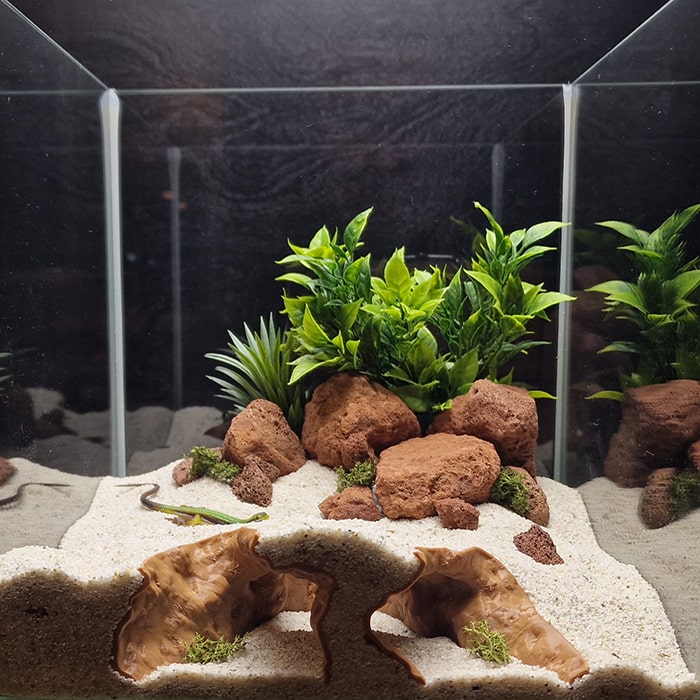
No Special Filament Required — It’s all About PETG Print Settings
You don’t need to hunt down hard-to-find matte PETG filament to make natural-looking aquarium decor. Just take control of your PETG print settings. Start by reducing your print temperature and running a custom test. Even if 200 °C is too brittle for your application, 210–215 °C might give you the best of both worlds.
I now print all my aquarium-safe caves at low temps and they not only look fantastic in tanks — they photograph beautifully too. No more glare, no more plastic shine — just realistic, stone-like prints that are safe for fish and reptiles.
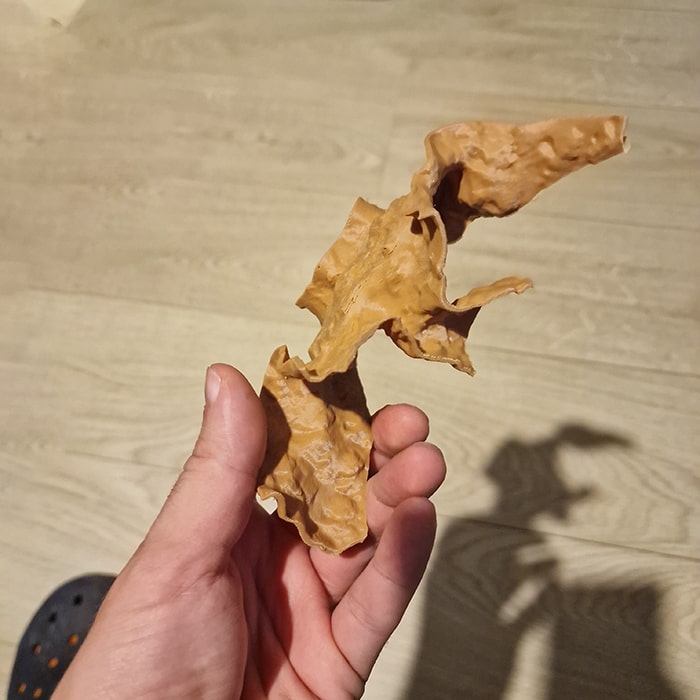
By leveraging the right techniques and temperature ranges, you’ll not only improve the look of your prints but also boost your confidence in using PETG for both aesthetic and functional parts. It’s about working smarter with the material you already love — and making it work for the wild, wonderful worlds of aquariums and terrariums.
👉 Curious to learn more? Dive into the other blog topics for hands-on 3D printing tutorials, creative aquarium and terrarium project ideas, in-depth filament comparisons and plenty more insights to level up your prints — whether you’re a hobbyist or just getting started.
- Is 3D Printing Food Safe? Here’s the Real Truth
- 3D Printed Reptile Hides Exposed: Crucial for Welfare or Just Terrarium Decor Hype?
- 3D Print Bed Adhesion — What Works Best To Avoid Failed 3D Print?
- Are Aquarium Caves Really Critical for Fish and Shrimp Health? Does 3D Print Decor make a Difference for your Aquatic Pets?
- Why Aquarium Plant Holders Are Changing the Game for Tree Lovers
💬 And I’d love to hear from you: how do you deal with glossy PETG in your own projects? Do you see it as a challenge or do you embrace the shine? Share your experiences in the comments and let’s keep learning together!
